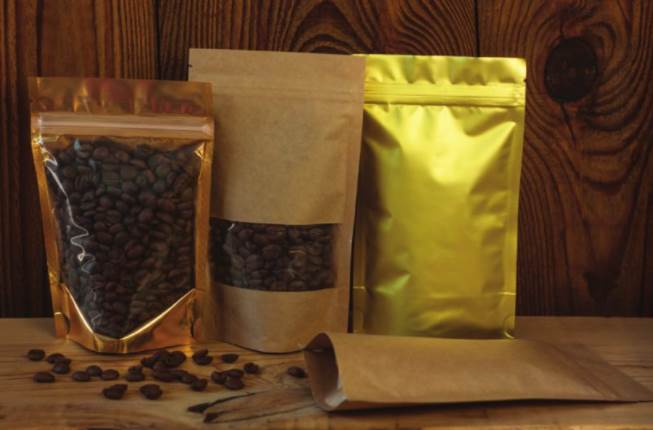The Myriad Benefits of Metallized Packaging
- Published: December 29, 2020
By André Gani, Director Sales and Marketing at Terphane
 As concern for the environment and the well-being of consumers has become the packaging industry’s priority (and rightfully so), it’s impossible to ignore the fate of post-consumer packaging or the possible impact raw materials’ production may have on the environment. Both the consumer and the packaging value chain are fully aware of the importance of their roles in this new scenario. Therefore, new and developing packaging technologies must be evaluated for their environmental impacts in the production process and beyond.
As concern for the environment and the well-being of consumers has become the packaging industry’s priority (and rightfully so), it’s impossible to ignore the fate of post-consumer packaging or the possible impact raw materials’ production may have on the environment. Both the consumer and the packaging value chain are fully aware of the importance of their roles in this new scenario. Therefore, new and developing packaging technologies must be evaluated for their environmental impacts in the production process and beyond.
Already, rising environmental concerns have driven some countries to replace traditional aluminum-laminated packaging with metallized flexible plastic packaging. For instance, in Brazil almost 100 percent of SUP (stand up pouch) packages for tomato products, are already produced with high barrier metallized polyester films. The migration trend from aluminum laminate to metallized films continues globally, following a strong trend of substituting rigid packages for flexible packaging, especially for pouches. The advantages of this switch are many.
In addition to simplified production process and logistics optimization, the benefits of switching from rigid to flexible packaging include reduction of packaging weight, optimized transport and storage, flexibility of formats and opening/reclosing systems, and more. Empty pouches are lighter and less bulky in transport, taking up less space. There is a 26:1 ratio in the transport of empty glass on trucks compared to empty pouches for packages with the same capacity. It is also very easy to change the packaging size or format in a flexible packaging system. This technological advantage guarantees a greater speed of reaction to new market requirements.
Furthermore, both the food and pharmaceutical industries are attracted by metallized flexible packaging’s safe production process. Metallized polyester films provide excellent barriers to moisture and oxygen. Aluminum laminated packaging can present flex cracking and pin holes, an effect that is minimized in metallized film which is also less susceptible to breakage during handling.
A study conducted by the Flexible Packaging Association (FPA), shows that pouches have a smaller carbon footprint. For example, the production of a 230g pouch for beverages consumes between 0.54 and 2.90 mega joules less energy compared to a rigid package – glass or plastic – with the same capacity and the CO2 emission is lower during the production process of a pouch versus other types of packaging. The FPA study further provides evidence that pouches have a more efficient product to packaging rate and occupy less space in landfills than other types of packaging.
For consumers, there is one big advantage that everyone can support: cost savings. Flexible packaging tends to be more economical than rigid, with the same, and sometimes even better, barrier properties. Whether you are a consumer, manufacturer, or brand owner, it’s impossible to deny that pouches with metallized polyester films offer several competitive advantages.
Each innovation accelerates the growth of the flexible packaging. With the advancement of production technologies and materials, the value proposition of metallized films only increases, offering the benefits of shelf-ready appearance, increased shelf life, and logistic and environmental efficiencies.
About the Author
André Gani is Terphane’s director sales and marketing. Terphane has a comprehensive range of solutions that facilitate the transition from aluminum packaging to flexible options, with several processes and products for all packaging needs. Visit https://www.terphane.com/en/ to learn more.








